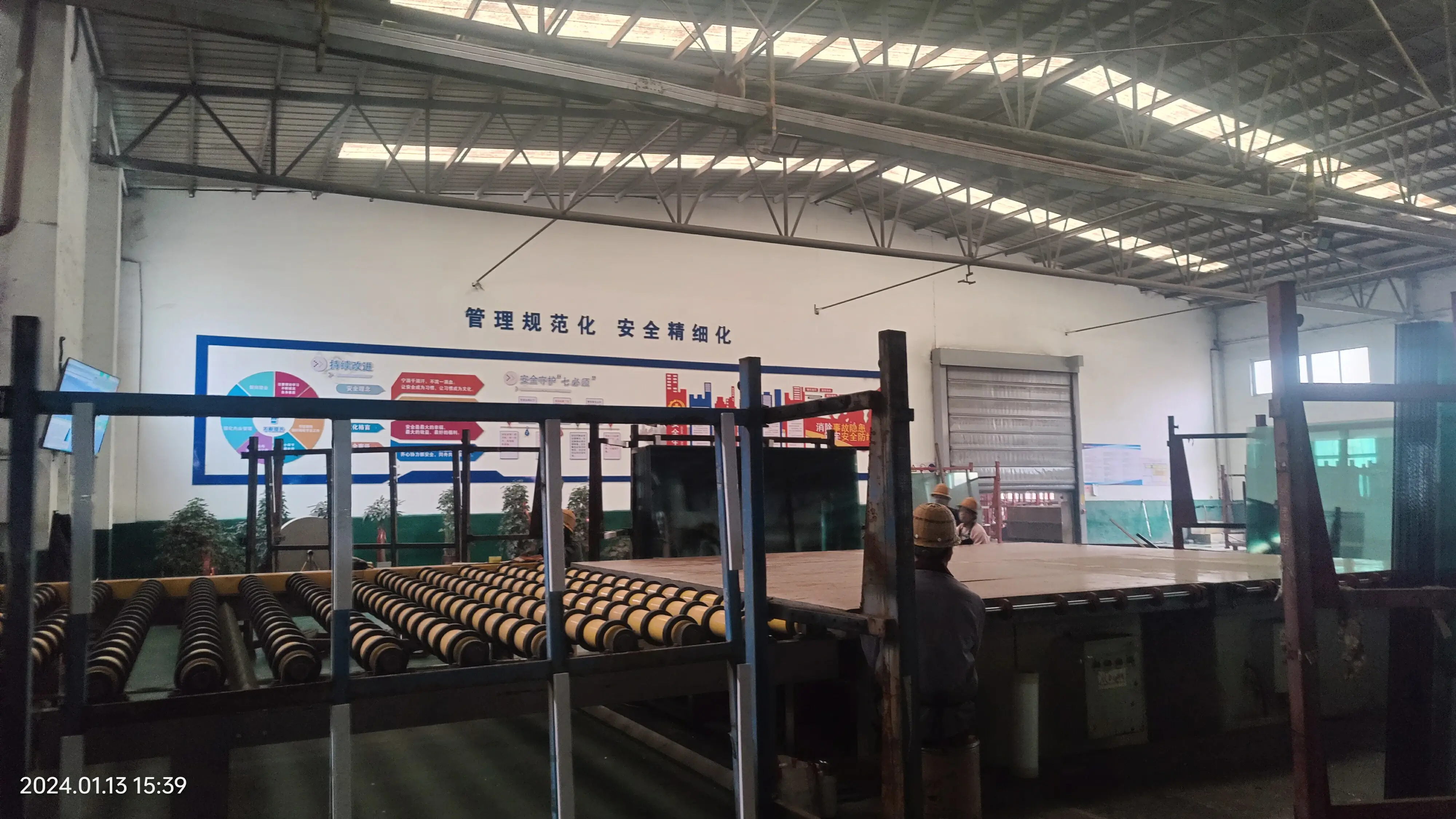

Low Iron Tempered Glass A Clear Innovation in Modern Design
In recent years, the architectural and design landscapes have undergone significant transformation, driven by advancements in materials and technologies. Among these innovations, low iron tempered glass stands out as a remarkable option that combines both functionality and aesthetic appeal. This specialized glass is characterized by its exceptional clarity and strength, making it a favored choice for contemporary structures.
Low iron tempered glass is produced by reducing the iron content in the glass formulation. Typically, standard glass contains iron, which contributes to a greenish tint that detracts from its overall transparency. By minimizing this iron content, low iron glass achieves a crystal-clear appearance that enhances natural light transmission. This property is particularly beneficial in architectural applications, where maximizing daylight is crucial for energy efficiency and creating inviting spaces.
One of the key features of low iron tempered glass is its enhanced durability. The tempering process involves heating the glass to high temperatures and then rapidly cooling it. This technique not only increases the strength of the glass, making it resistant to impact and thermal stress, but it also ensures that the material meets stringent safety standards. As a result, low iron tempered glass is ideal for both residential and commercial applications, providing a safe and beautiful solution for windows, facades, and partitions.

In addition to its physical properties, low iron tempered glass offers designers and architects unparalleled creative flexibility
. The transparency afforded by this glass type allows for seamless integration into various design elements, from minimalist interiors to striking exteriors. Its clarity enables unobstructed views, creating an illusion of continuity between indoor and outdoor spaces. This seamless transition enhances the overall aesthetic, inviting nature into the built environment.Furthermore, low iron tempered glass can be easily customized to meet specific design needs. It can be produced in various thicknesses, shapes, and sizes, allowing for innovative applications in diverse settings. From stunning glass railings to expansive skylights, the possibilities are virtually limitless. Additionally, advancements in technology have made it possible to incorporate features such as low-emissivity coatings, which improve thermal performance and further enhance energy efficiency.
The environmental impact of low iron tempered glass is also noteworthy. By allowing more natural light to permeate a space, it reduces reliance on artificial lighting, leading to lower energy consumption. Furthermore, its durability translates to longer product lifespans, which contributes to sustainable building practices. As the demand for eco-friendly materials continues to rise, low iron tempered glass positions itself as a responsible choice for modern architecture.
In conclusion, low iron tempered glass exemplifies the convergence of beauty and strength in modern design. Its remarkable clarity, enhanced durability, and environmental benefits make it a valuable material in contemporary architecture. As industries strive for innovative solutions that blend aesthetics with sustainability, low iron tempered glass stands out as a premier choice for those looking to create spaces that not only look stunning but also prioritize functionality and efficiency. As we move forward, it's clear that this material will play a pivotal role in shaping the architectural landscape of the future.